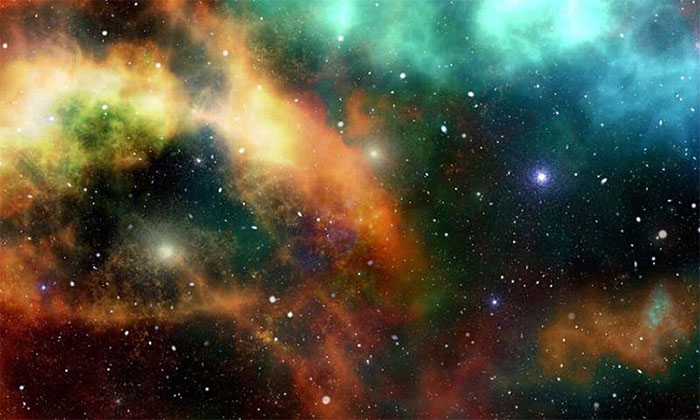The first white dwarf detected in a binary system
Photographs from the world's largest optical telescope reveal the remains of a dead star in the binary star system.
The white dwarf is the core that remains after a low- and medium-mass star consumes nuclear fuel and dies. The discovery of these special objects can provide an accurate understanding of the structure and evolution of our Sun-like stars.

The pulse of light emitted by white dwarfs is taken by HiPERCAM high-speed camera.(Photo: Phys).
Astronomers from the University of Sheffield, UK, on March 16 in the journal Nature Astronomy, first discovered a white dwarf star inside a binary star system , also known as a binary star system , called is SDSS J115219.99 + 024814.4 , consisting of two companion stars orbiting each other and periodically obscuring one another when viewed from the Earth.
This white dwarf has about 0.325 times the mass of the Sun. It is primarily composed of helium, different from most conventional white dwarfs made up of carbon and oxygen. The cause may be due to the impact of the companion star, according to Dr. Steven Parsons, research leader from the University of Sheffield.
"We use binary star motions and eclipse phenomena to measure the mass and radius of the white dwarf star, helping to determine what constitutes it," Parsons explained. "Interestingly, the two stars in this binary system have interacted with each other in the past, leading to the transfer of matter between them."
The team captured the pulses of celestial light with a HiPERCAM high-speed camera mounted on the world's largest optical telescope Gran 10,4m (GTC). In the next phase, astronomers say they will continue to observe for additional pulses of light using the Hubble Space Telescope.
- Death star bends light
- Stunned to discover the most exotic new white dwarf in the universe
- Mysterious binary star systems
- Unique binary star system is extremely rare in the universe
- 99.99% white dwarf atmosphere is pure oxygen
- Unusual red dwarf system detected
- Does life exist in a binary star system?
- Super large flare detected from red dwarfs
- Unusual white dwarf discovery: Formed by collision between two other white dwarfs
- Strange planet death story helps bring life
- See before the end of the earth
- Dance of the dead planet signals life
 Van Allen's belt and evidence that the Apollo 11 mission to the Moon was myth
Van Allen's belt and evidence that the Apollo 11 mission to the Moon was myth The levels of civilization in the universe (Kardashev scale)
The levels of civilization in the universe (Kardashev scale) Today Mars, the sun and the Earth are aligned
Today Mars, the sun and the Earth are aligned The Amazon owner announced a secret plan to build a space base for thousands of people
The Amazon owner announced a secret plan to build a space base for thousands of people A shooting star, about to explode in the sky of Earth?
A shooting star, about to explode in the sky of Earth?  Image of a new star spewing gas loudly across the Milky Way galaxy
Image of a new star spewing gas loudly across the Milky Way galaxy  The 'deadly' truth about strange radio signals transmitted to Earth
The 'deadly' truth about strange radio signals transmitted to Earth  Scientists Stunned to Discover Star With Supersonic Tsunamis Three Times Higher Than the Sun
Scientists Stunned to Discover Star With Supersonic Tsunamis Three Times Higher Than the Sun  Death 11.5 Billion Years Ago Bombs NASA: A Chilling Prediction for Us
Death 11.5 Billion Years Ago Bombs NASA: A Chilling Prediction for Us  In 2024, the cosmic monster in the 13th century ancient text will return.
In 2024, the cosmic monster in the 13th century ancient text will return. 